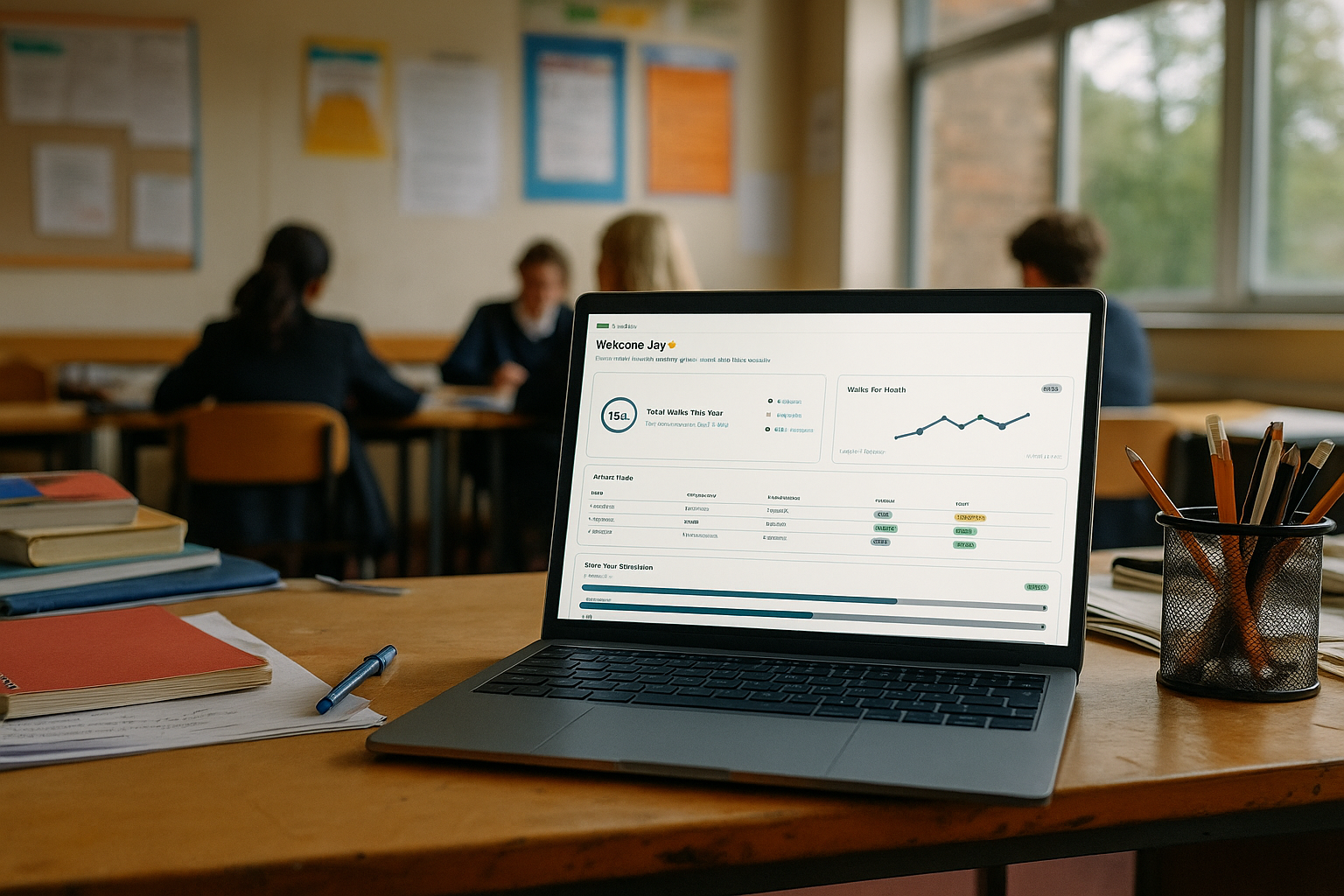Difference Between a Learning Walk and a Lesson Observation
Classroom visits come in many forms — but learning walks and lesson observations are fundamentally different. If the lines between them get blurred, it can seriously affect staff morale and the quality of feedback you get.
Here's the key difference:
Learning Walks
🔹 Learning walks are about the bigger picture.
Lesson Observations
🔹 Lesson observations are about one teacher, one lesson, one moment.
Learning Walks: Big Picture, Low Stakes
Learning walks are short, focused visits across multiple lessons. The aim is to build a broad understanding of what's happening across the school — not to make judgments about individuals.
You're looking for patterns:
- Are pupils engaged?
- Is the curriculum being taught as planned?
- Are routines consistent from class to class?
- Is the learning environment supporting progress?
It's about systems, not people. Think of it as school-level diagnostics, not individual feedback.
Lesson Observations: Focused and Formal
Lesson observations are longer, typically 30–60 minutes. They zoom in on one teacher's practice, usually with a follow-up conversation.
These can be:
- Developmental (coaching)
- Evaluative (as part of appraisal)
- Supportive (as part of ECT mentoring or subject reviews)
Because they involve direct feedback, they carry more weight and should be used carefully — with transparency and clear purpose.
Why the Difference Matters
If a learning walk feels like a lesson observation, you've lost the trust.
If staff think they're being judged — even subtly — you won't get an honest picture.
That's why it's essential to:
- Be clear about the purpose in advance
- Avoid individual feedback from walks
- Share only themes, not names
- Keep the tone professional, curious, and constructive
When done right, both tools have value. But they serve very different purposes.
Side-by-Side Snapshot
| Learning Walk | Lesson Observation | |
|---|---|---|
| Length | 5–10 minutes per room | 30–60 minutes |
| Focus | Systems, themes, environment | Individual teacher practice |
| Judgment | Non-judgemental | May include feedback or appraisal outcomes |
| Follow-up | Trends discussed with teams | 1:1 feedback meeting or coaching conversation |
| Frequency | Often regular | Less frequent (e.g. termly) |
| Risk | Misused = surveillance culture | Misused = performance pressure |
Final Word
- Learning walks are about understanding learning across the school.
- Lesson observations are about supporting the craft of teaching.
Know which tool you're using. Use it wisely. Communicate clearly.
Ready to improve?
Join our pilot program and discover how our platform can transform your approach to learning walks.
Think you’re a Learning Walks expert?
Take our interactive 10-question quiz to see how your understanding stacks up. Get instant feedback — and a celebration if you ace it!
Ready to transform your learning walks?
Our platform helps you capture meaningful data, generate insights, and drive school improvement—without the administrative burden.

